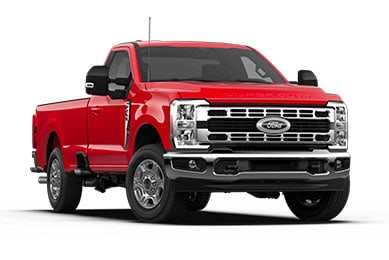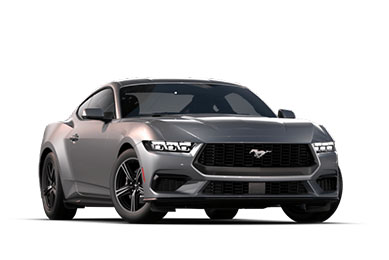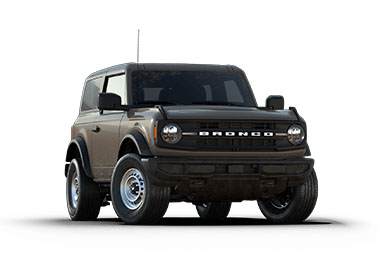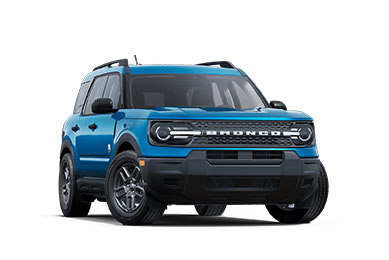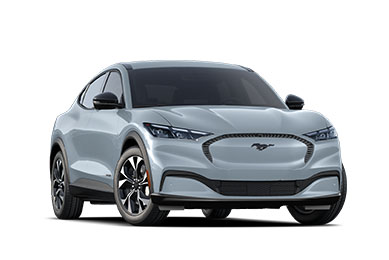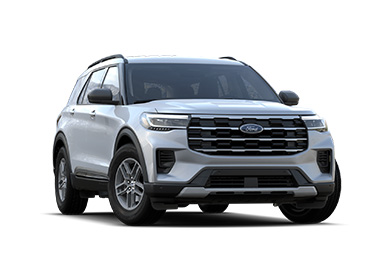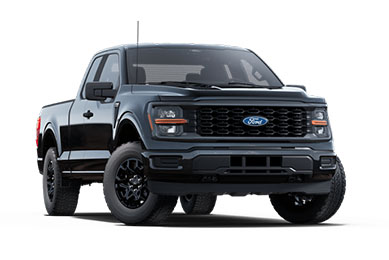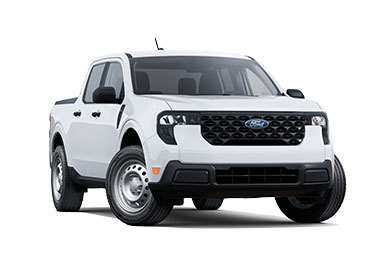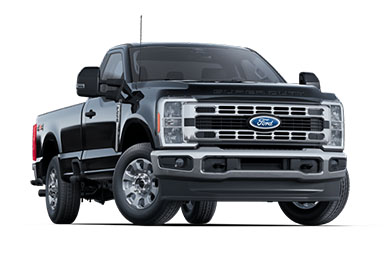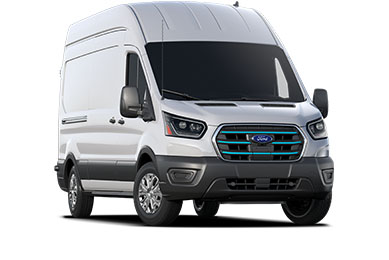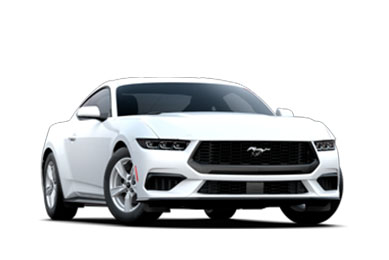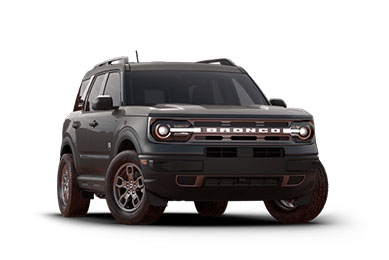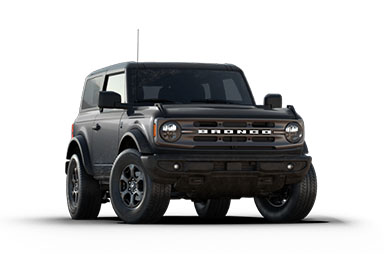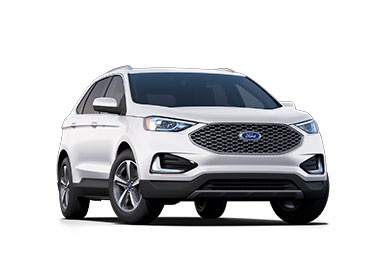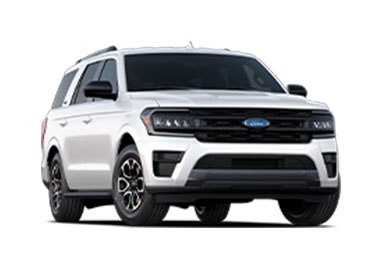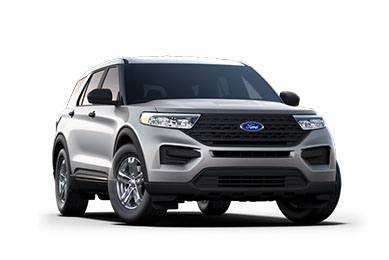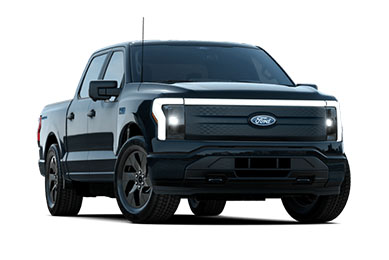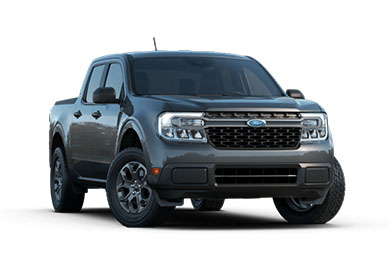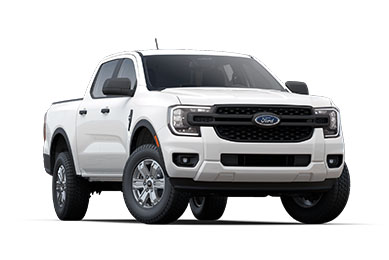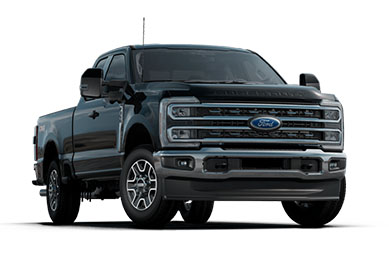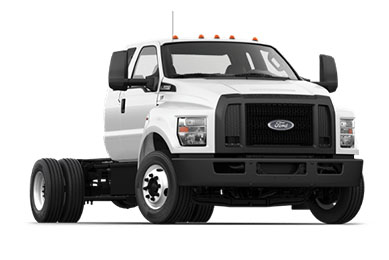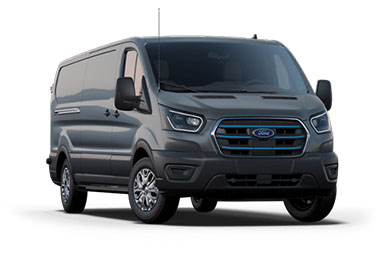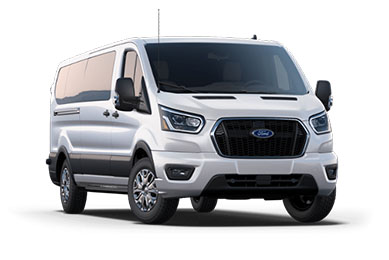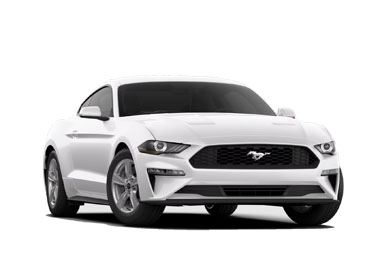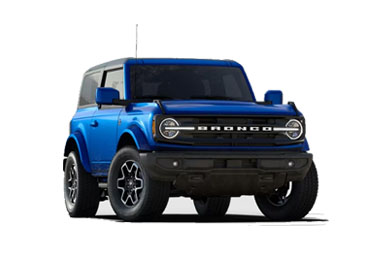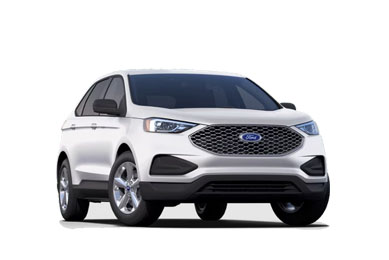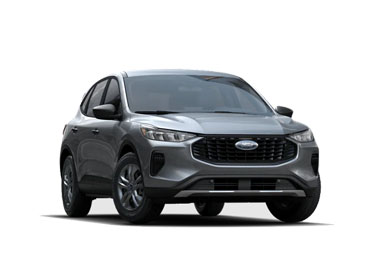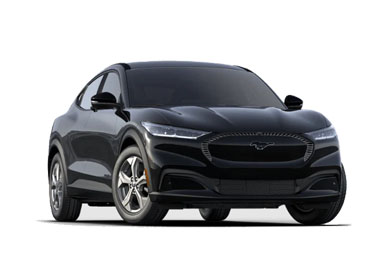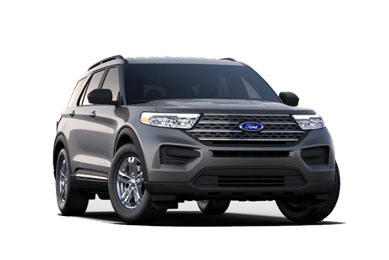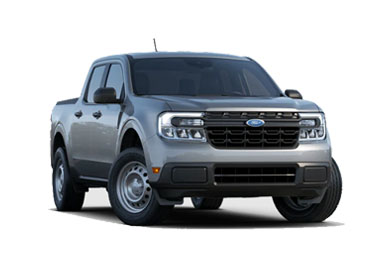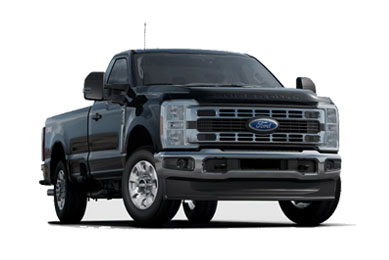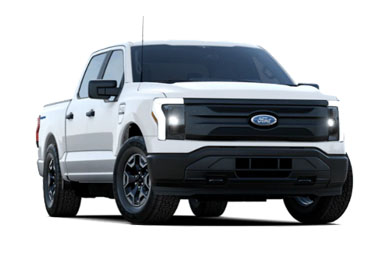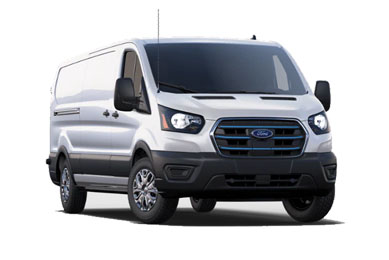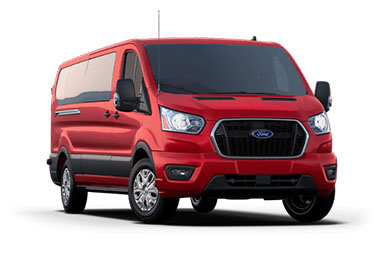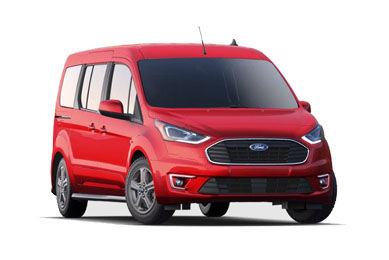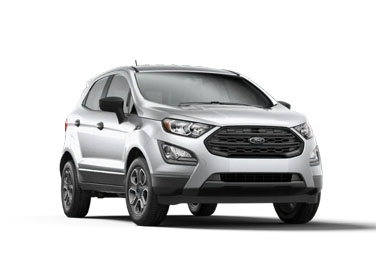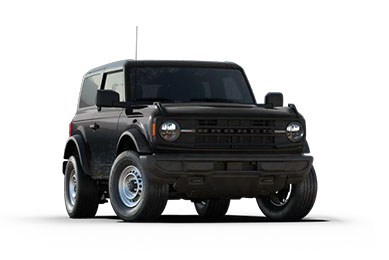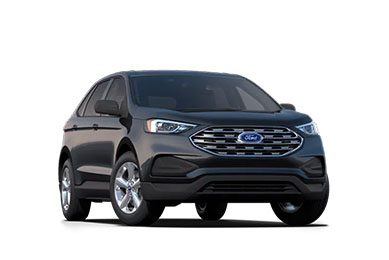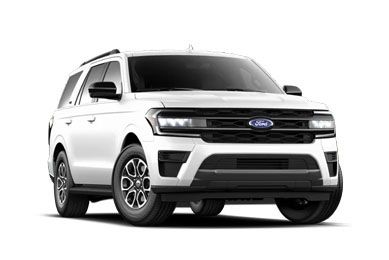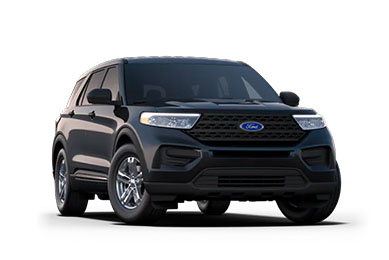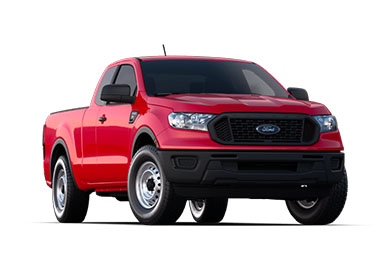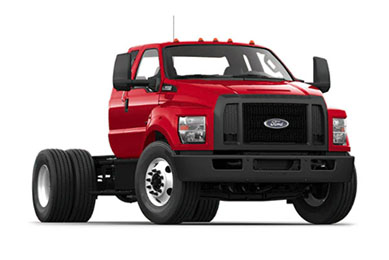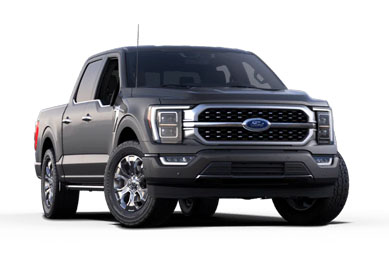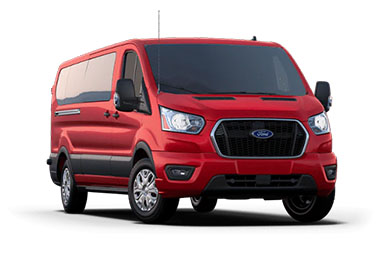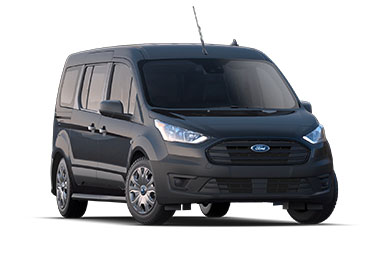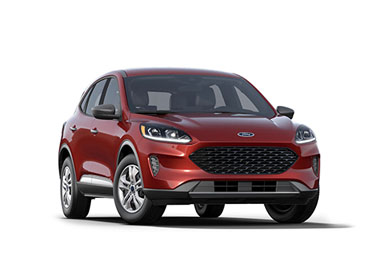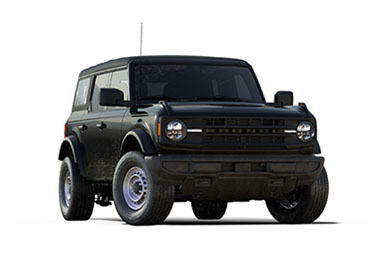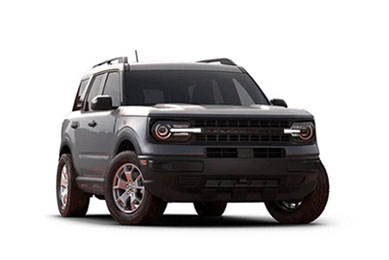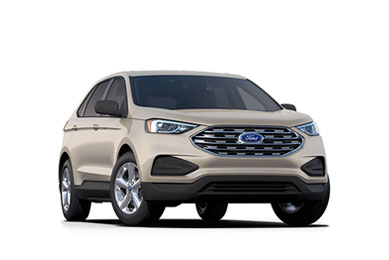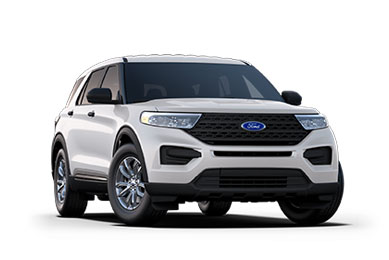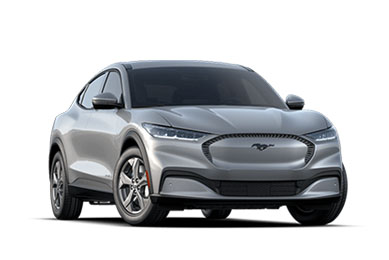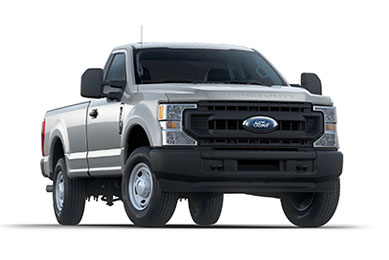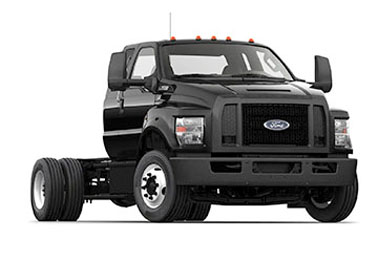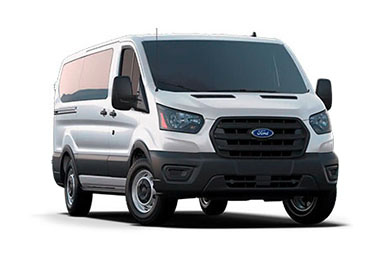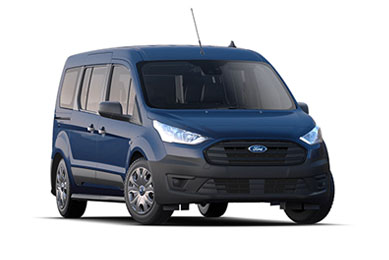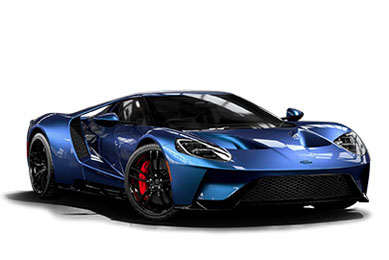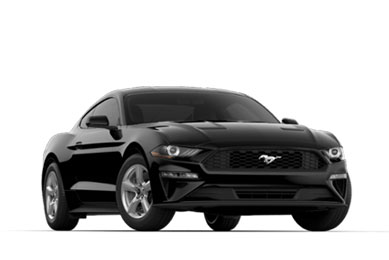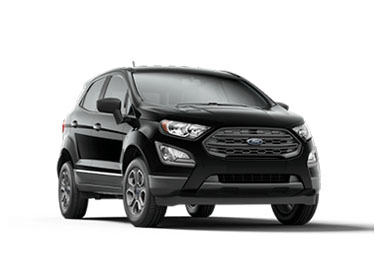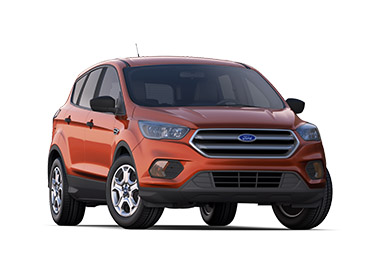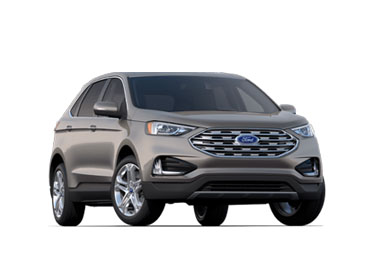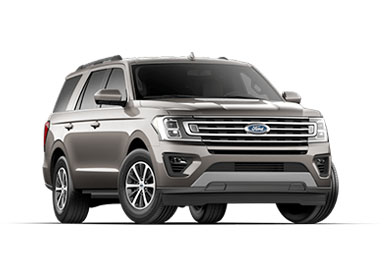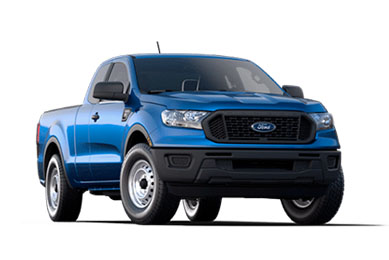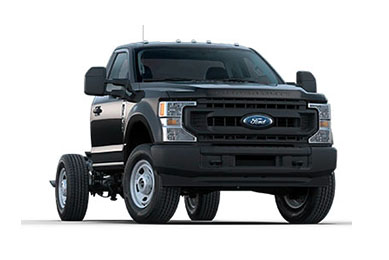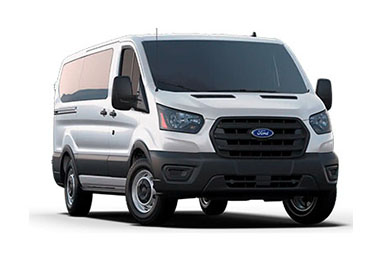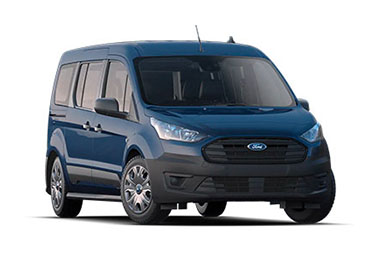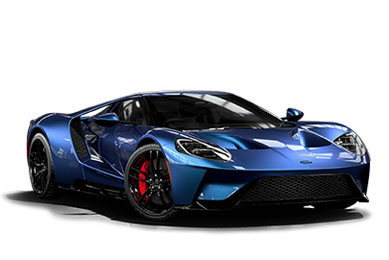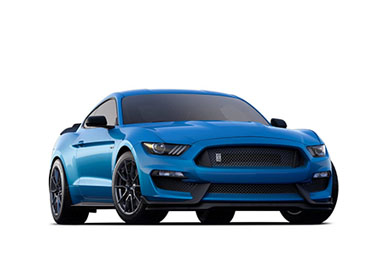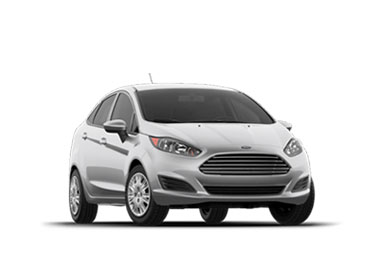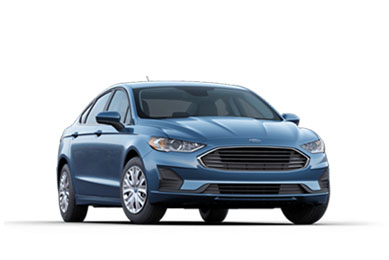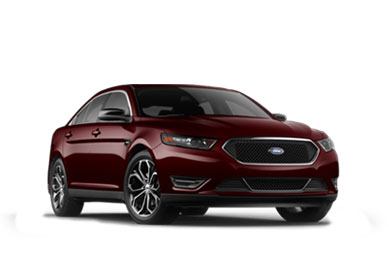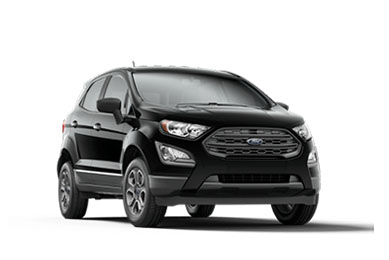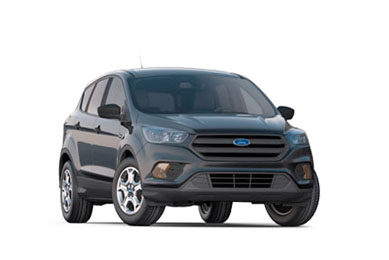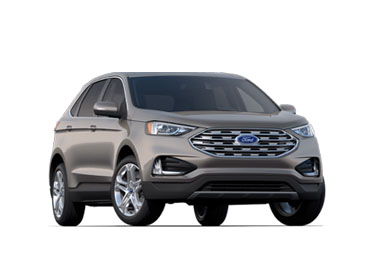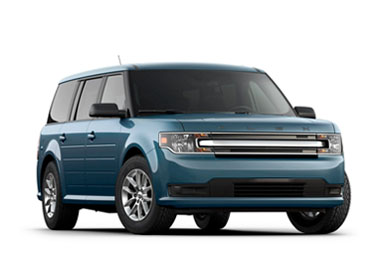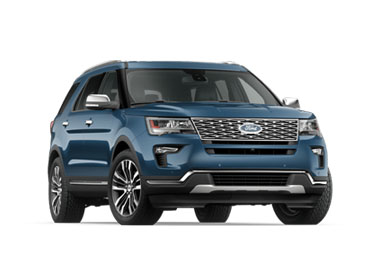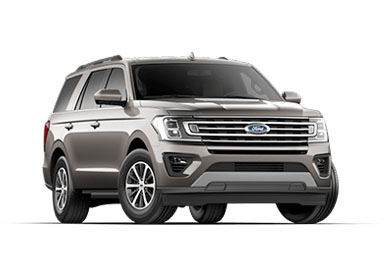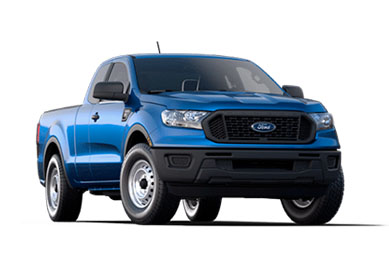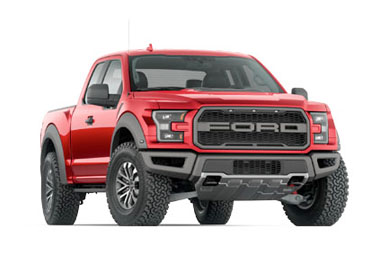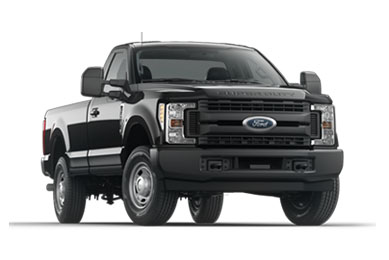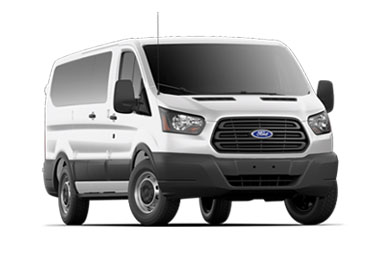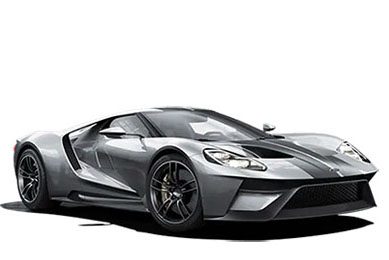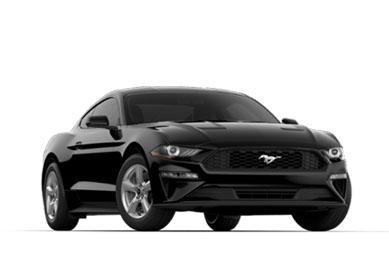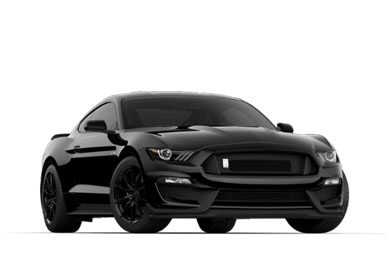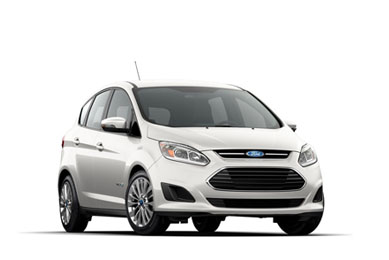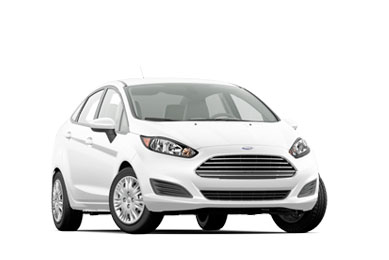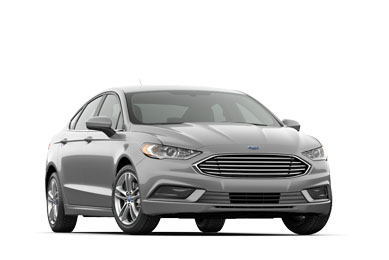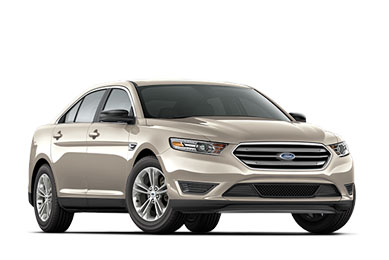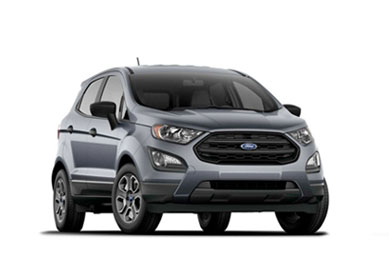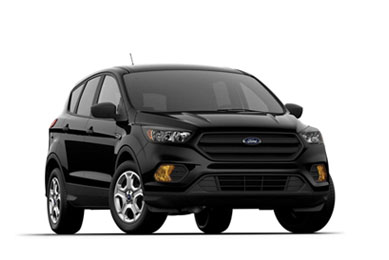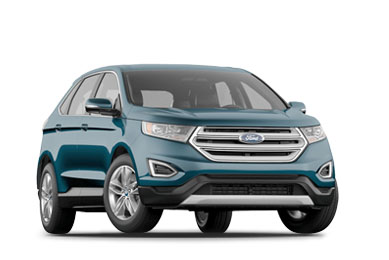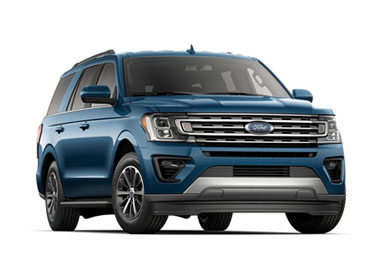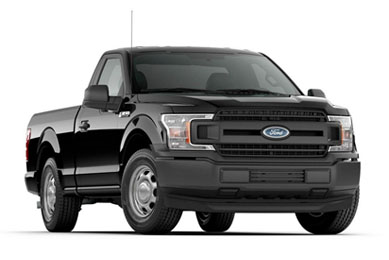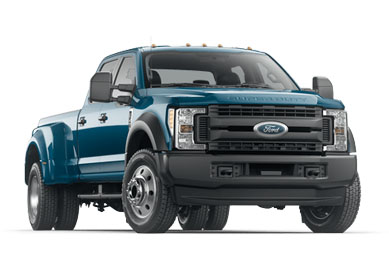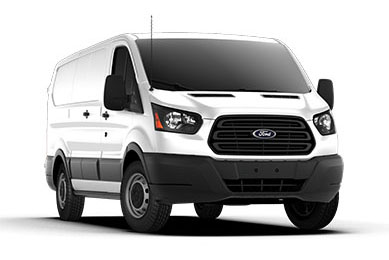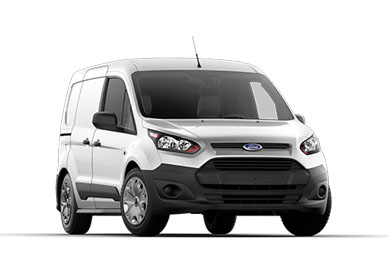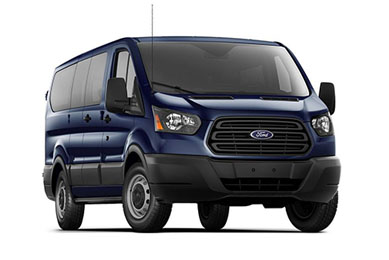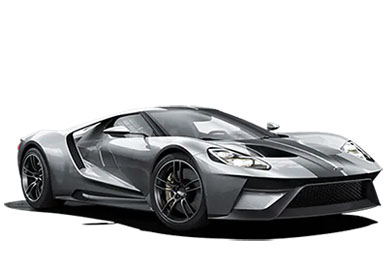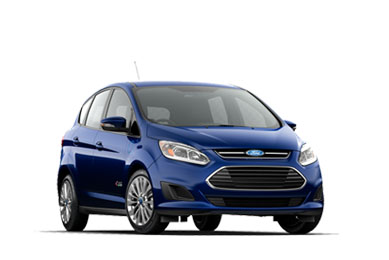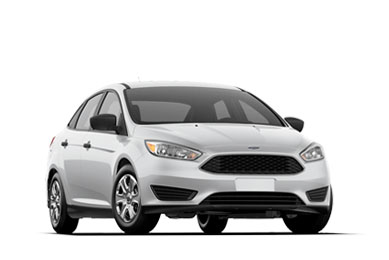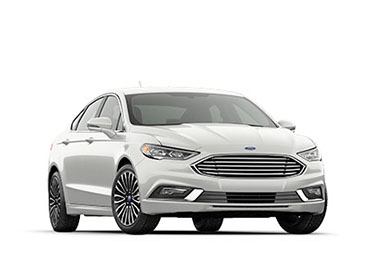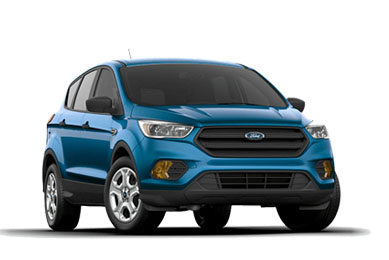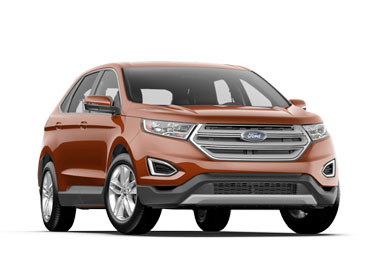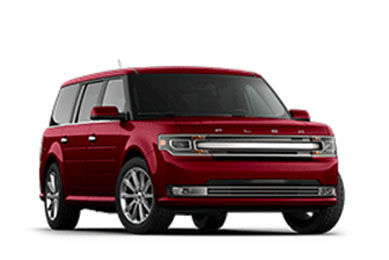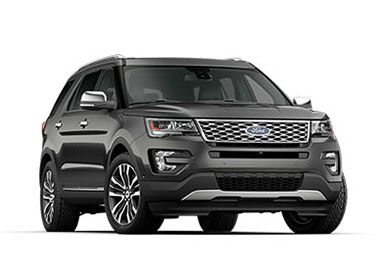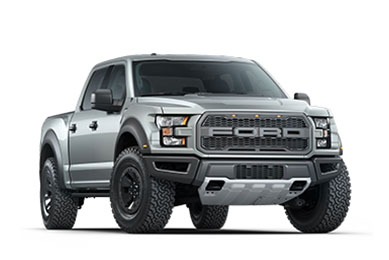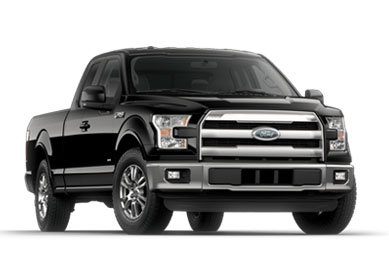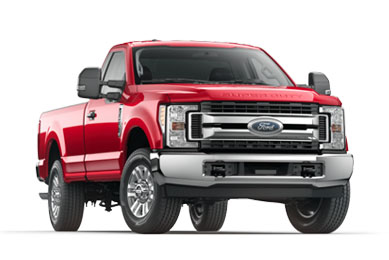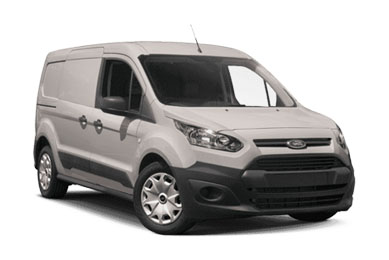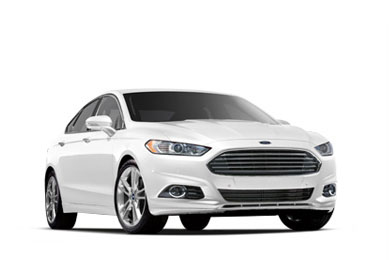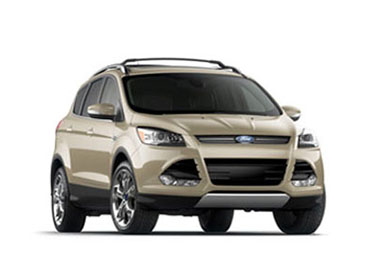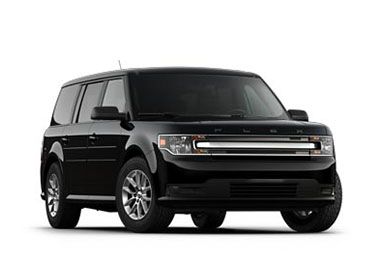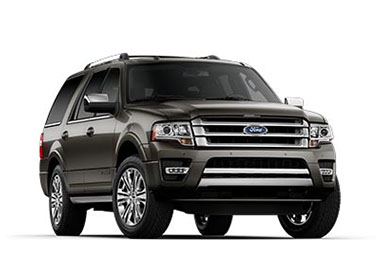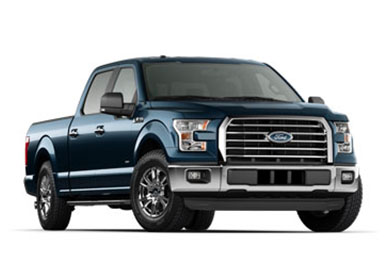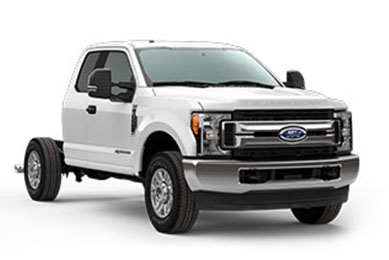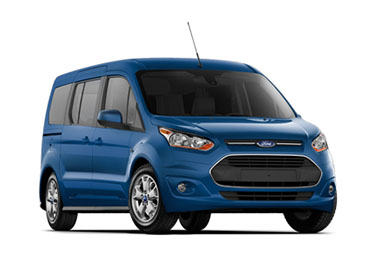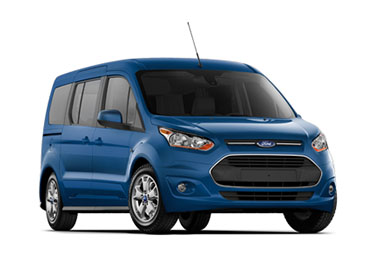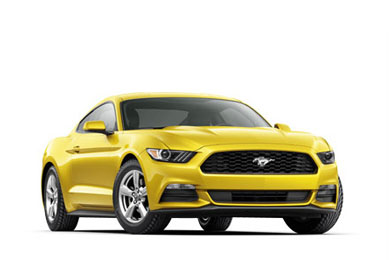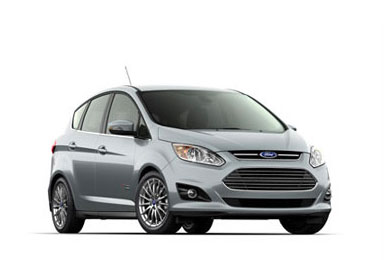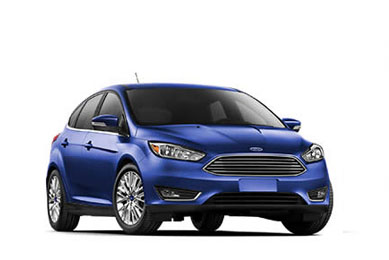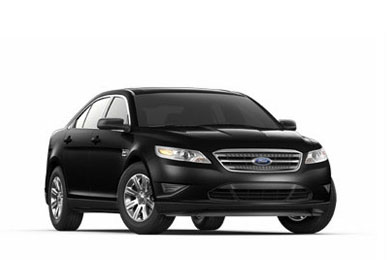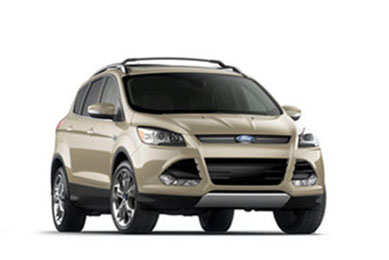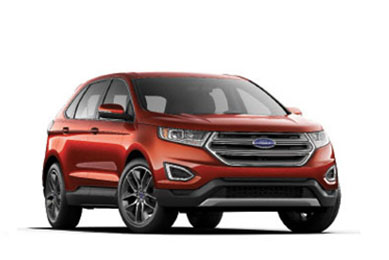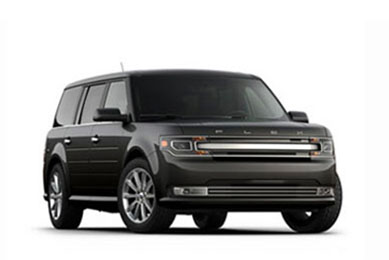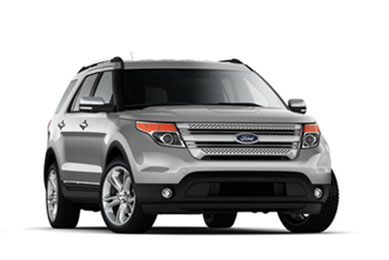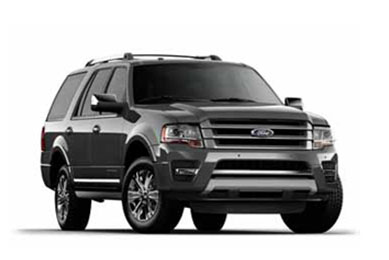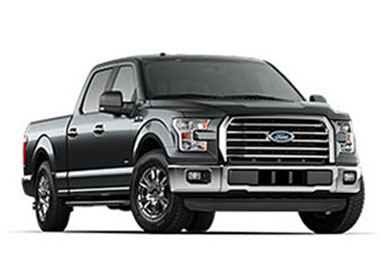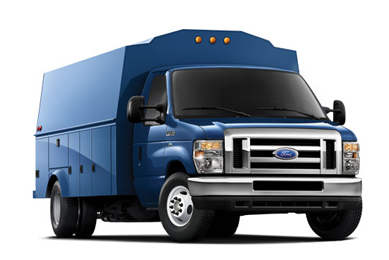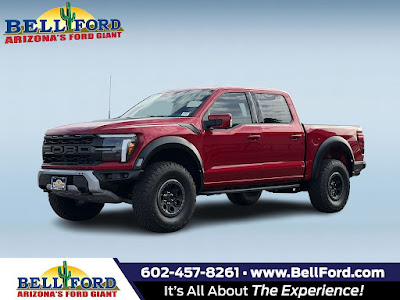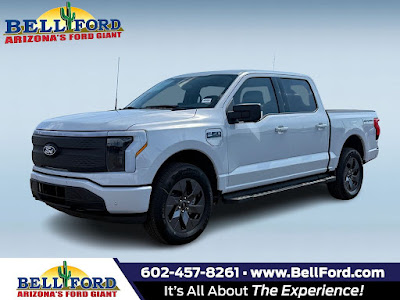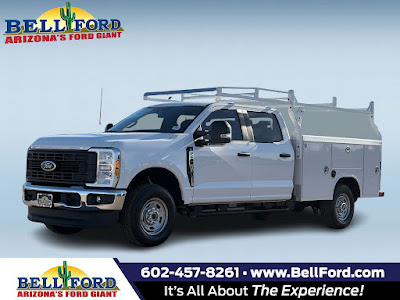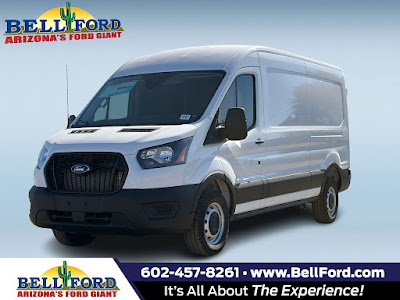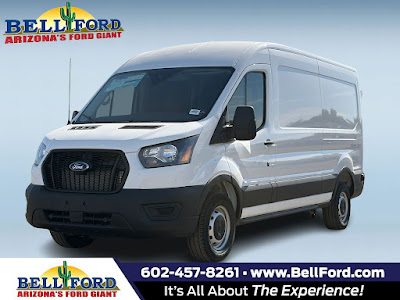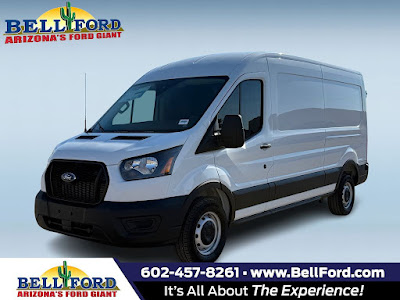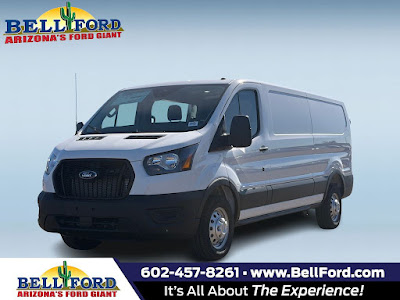Bell Ford
2401 West Bell Road Phoenix, AZ 85023Check Out Our Inventory
2018 Ford Transit Connect Cargo Van OVERVIEW 
2018 Ford Transit Connect Cargo Van in Phoenix
- Choose a wheelbase: The long-wheelbase model has 128.6 cu. ft. of cargo space behind the front seats, or 149 cu. ft. of storage with the passenger seat folded. The short-wheelbase model has 103.9 cu. ft. of cargo space behind the front seats, or 124.3 cu. ft. with the passenger seat folded.
- Large side panels let you prominently display your company as a mobile business card.
- Tested abd Built Ford Tough®
- Available SYNC® 3 is our easy-to-use, responsive voice-activated technology.

2018 Ford Transit Connect Cargo Van MODELS
Ford Transit Connect Cargo Van Dealer in Phoenix
Ford Transit Connect Cargo Van PERFORMANCE 
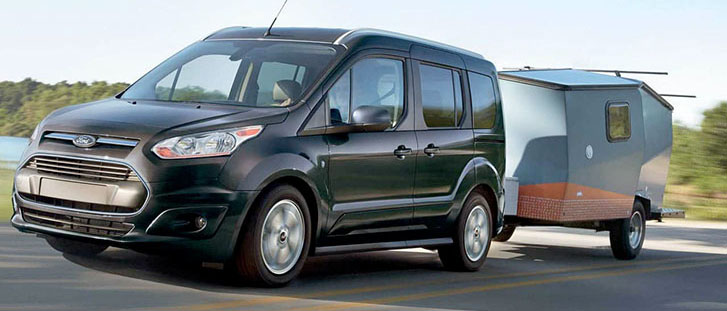
Unsurpased Towing Capability
When the task at hand calls for towing, the Transit Connect comes through with an unsurpassed* towing capacity of up to 2,000 lbs. when equipped with the Trailer Tow Prep Package. Among the included features is Trailer Sway Control (TSC) linked to the technology of the standard AdvanceTrac® with RSC® (Roll Stability Control™).
*Class is Small Vans based on Ford segmentation.
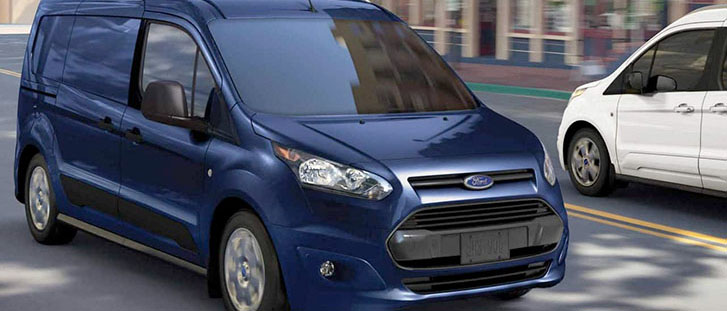
2.5L iVCT I-4 Engine
The 2.5L iVCT engine delivers power ratings of 169 horsepower, 171 lb.-ft. of torque,*and features computer-controlled intake variable cam timing (iVCT). iVCT varies the cam timing across the entire power band to match the driving condition, optimizing power and fuel efficiency** from low-end acceleration to high-end cruising. The 2.5L offers a CNG/Propane Gaseous Engine Prep Package† that converts use of regular gasoline to either compressed natural gas (CNG) or propane autogas.
* Horsepower and torque ratings achieved with 93 octane fuel.
** EPA-estimated rating of 20 city/27 hwy/23 combined (van); 19 city/27 hwy/22 combined (passenger wagon). Actual mileage will vary.
†Package includes hardened engine intake valves, hardened engine valve seats and hardened engine exhaust valves.
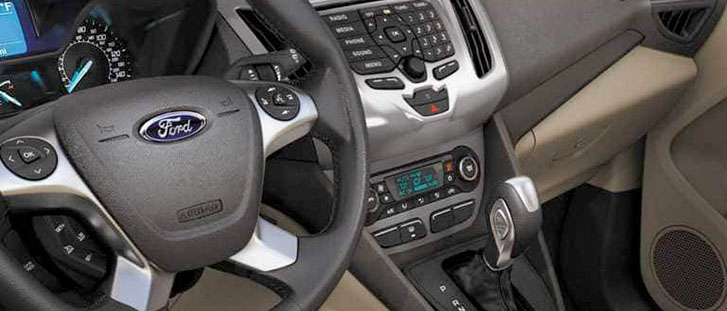
6-Speed Selectshift®
The 6-speed SelectShift automatic transmission has wide-ratio gearing for responsive low-end performance and high-end efficiency. Plus convenient SelectShift and Tow/Haul uses SelectShift mode where Progressive Range Select limits the range of gears while in Drive to lock out overdrive for consistent speed over hilly terrain. Full Manual with a toggle switch on the knob lets you shift up and down the gearbox, like operating a manual but without the clutch. In the Tow/Haul mode, on an uphill, it selects the gear that minimizes gear hunting. On a downhill, it keeps the vehicle from upshifting and gaining speed, reducing reliance on braking to slow down.
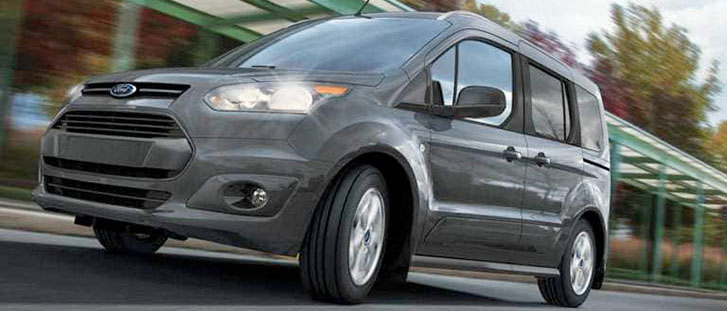
Maneuverability
The Transit Connect Passenger Wagon, especially the short-wheelbase model, is a natural when maneuvering into small parking spots or navigating tight spaces. The short-wheelbase models have a best-in-class 36.1 feet curb-to-curb turning diameter,* while the long-wheelbase model has a turning diameter of 40.0 feet.
*Class is Small Vans based on Ford segmentation
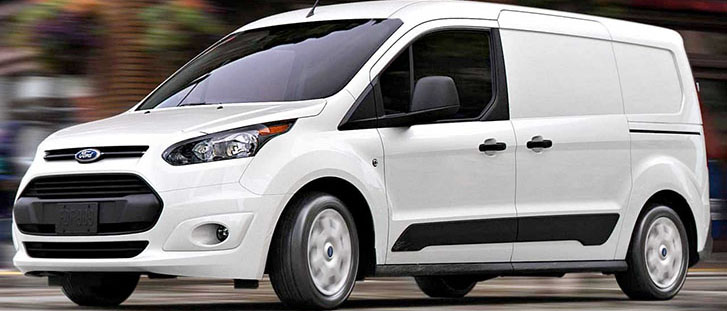
Advancetrac® With RSC®
Standard AdvanceTrac® with Roll Stability Control™ (RSC® ) uses two gyroscopic sensors monitoring yaw and roll rates, helping you maintain control whenever it detects wheelslip, understeer, oversteer or roll motion. It also helps maintain control on road conditions such as ice, gravel or rain. AdvanceTrac with RSC also features Curve Control, which slows the vehicle down when it senses that it’s going too fast for a particular curve—plus Trailer Sway Control, included in the Trailer Tow Prep Package.
2018 Transit Connect Cargo Van APPEARANCE 
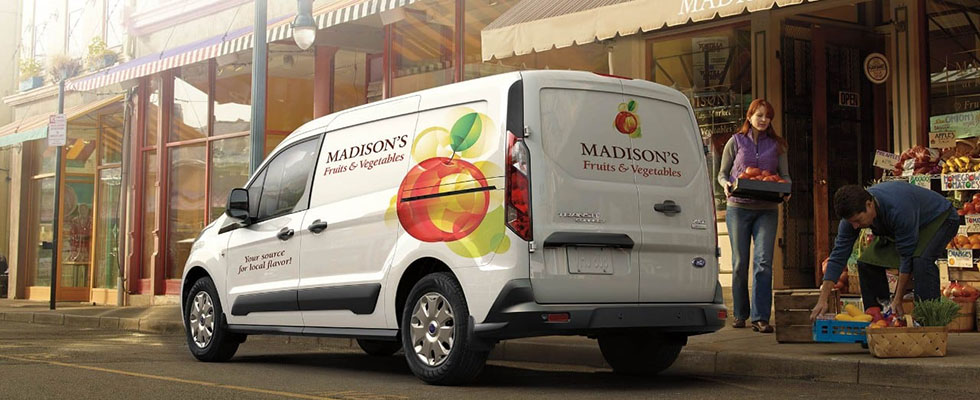
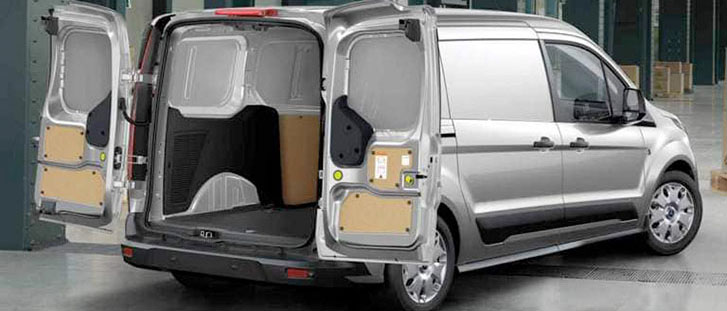
Swing-Out Rear Cargo Doors or Liftgate
To suit your particular job needs, Transit Connect Cargo Van models offer you the choice of 180-degree 50/50 swing-out rear cargo doors (with no glass or available fixed glass) or a rear liftgate. The Transit Connect XL and XLT Passenger Wagon models also offer the 180-degree swing-out rear doors (with fixed glass) or a rear liftgate. The highest level, Titanium, comes with a liftgate only.

Ideal for Vocational Upfits
Configure a Transit Connect Van with a vocational upfit that precisely matches your business. Available is anything from rooftop ladder racks, literature holders and storage cabinets to dividers, double floors, drawers, cargo management packages and many others. Your dealer can fill you in on all the details. For more information on the whole range of upfitting possibilities, visit the Upfit Configurator.
Ford Transit Connect Cargo Van COMFORT 
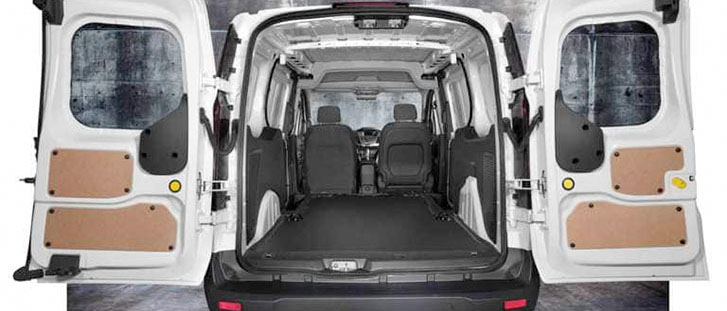
Cargo Van Volumes and Payloads
Maximize your workday in a Ford Transit Connect Cargo Van in one of two wheelbases. The long wheelbase model has 128.6 cu. ft. of cargo space behind the front seats, or 149 cu. ft. of storage with the passenger seat folded. Maximum payload rating is 1,610 lbs.* The short wheelbase model has 103.9 cu. ft. of cargo space behind the front seats, or 124.3 cu. ft. with the passenger seat folded. Maximum payload rating is 1,470 lbs.**
*Cargo and load capacity limited by weight and weight distribution.
**When properly configured.
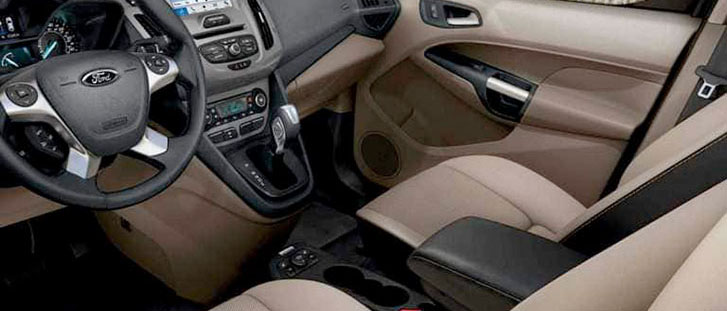
Modern Interior
Convenience-oriented interior design starts with ergonomic instruments and controls. Tachometer and trip computer are standard, plus cruise control and a tilting/telescoping steering wheel. Places to put things include a first-row full-width overhead storage shelf, spacious glove box, and a front center console with cupholders and storage bin. Optional features include MyKey® (which lets you customize vehicle settings such as speed and low-fuel warning), second-row aircraft-style overhead storage console (passenger wagon), and rear view camera available with select audio systems.

Dual Sliding Doors
Standard dual sliding side doors make it easy to load or unload cargo, or for people to get in or out, especially in tight spaces. Side doors on the long-wheelbase van have four inches of additional opening width and more than two inches of additional opening height compared with the doors of its nearest competitor.*
*Class is Small Vans based on Ford segmentation.
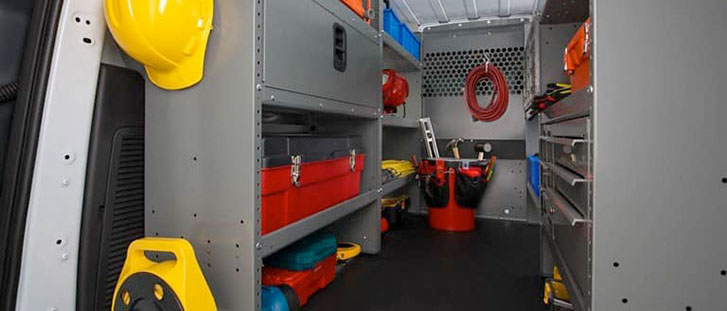
Quality
Efforts to minimize noise, vibration and harshness (NVH) helped create a comfortable riding environment. For instance, the camshaft drive belt system of the 2.5L iVCT engine features a low-noise design. Individual parts were subjected to extensive vibration testing.Vehicle parts underwent extensive vibration testing under the worst road conditions and the windshield’s acoustic-laminated design reduces wind noise (XLT and Titanium passenger wagon). Also, instead of the hydraulic steering system with its belt-driven pump, Transit Connect features the quieter operation of electric power-assist steering (EPAS).
Ford Transit Connect Cargo Van ACCESSORIES 
Shop accessories 24/7.
Get free shipping when
delivered to your dealer.*
Shop Accessories
2018 Ford Transit Connect Cargo Van SAFETY & WARRANTY 
New Vehicle Limited Warranty
Bumper to Bumper: 3-Years/36,000 Miles • Powertrain: 5-Years/60,000 Miles • Corrosion: 5-Years/Unlimted Miles • Hybrid/Electric Drivetrain Components: 8-Years/100,000 Miles • Roadside Assistance: 5-Years/60,000 Miles
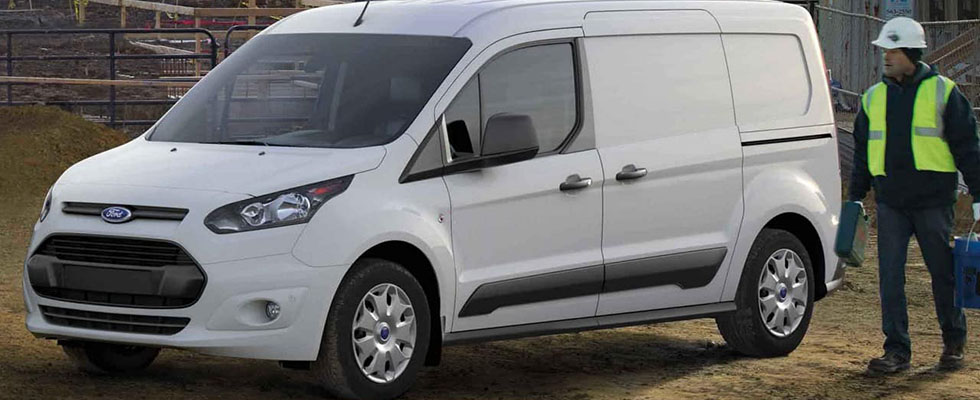
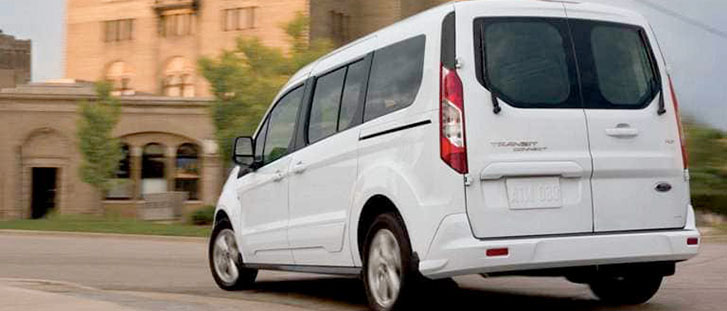
Curve Control and Torque Vectoring
When you’re approaching a curve on wet or dry pavement, standard electronic Curve Control can sense if you’re going too fast, then slow you down using throttle reduction and anti-lock braking. Once you’re into the curve, g-forces tend to transfer more traction to the outside tires than to the inside ones. Standard Torque Vectoring Control enhances that by transferring torque to the wheels that have the most grip, reducing understeer and forcing the front end to hug the inside of the curve.
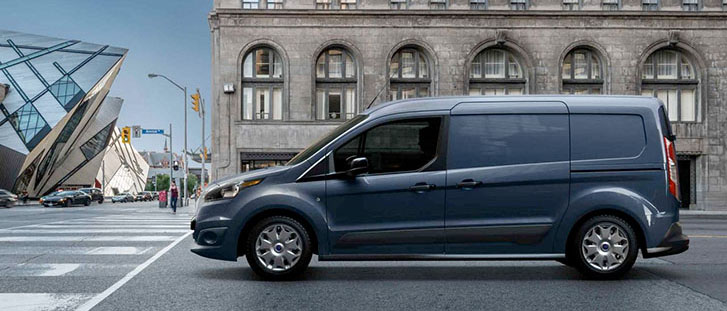
Two Braking Technologies
The Transit Connect comes with two technologies you’ll find reassuring: When applied brake pedal pressure is insufficient to control a hard stopping situation, Emergency Brake Assist10 automatically supplies the amount of force needed to reduce the stopping distance. When you’re stopped on an incline, Hill Start Assist10 automatically holds the brake to help prevent backward roll while you’re going from the brake pedal to the accelerator. This is especially helpful when hauling a heavy load.
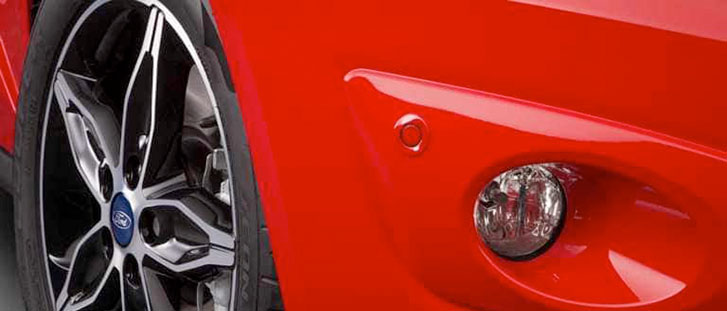
Forward and Reverse Sensing Systems
The available Forward and Reverse Sensing Systems use ultrasonic sensors in the bumpers to audibly alert you to certain objects when you’re moving forward or backing up at a slow speed. The closer you get, the quicker it beeps.
Shown with optional equipment.
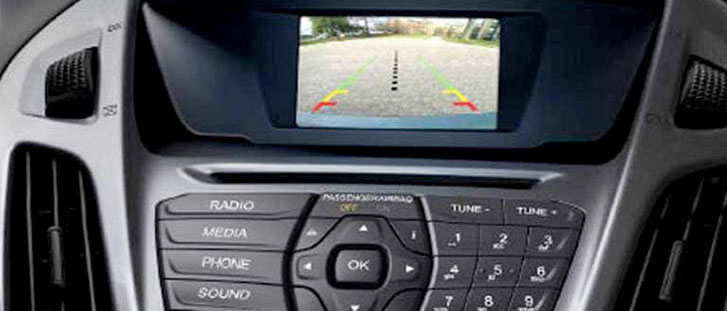
Rear View Camera
The maneuverable Transit Connect is designed to work efficiently in tight places, especially when you’re making deliveries in congested areas. So the available rear view camera is a feature you won’t want to be without. When you shift into Reverse, it displays a video image of what’s behind your vehicle in the screen on the center stack. It also provides guidelines to help you align your vehicle trailer hitch with the trailer’s hitch receiver. The rearview camera is available with select entertainment systems.
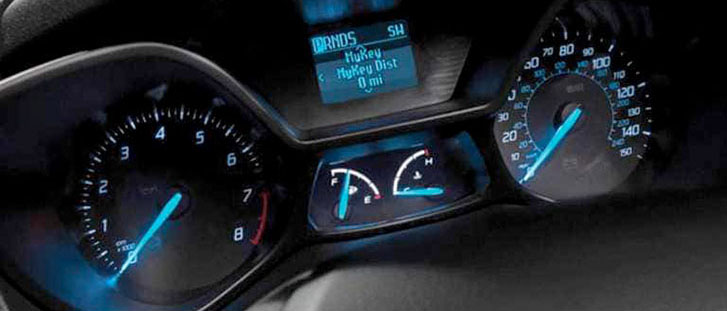
MYKEY®
With personalized settings for two keys, this available smart technology lets you limit top speed to 65, 70, 75 or 80 mph as well as select speed alert chimes at 45, 55 or 65 mph. You can also limit the radio volume to 45 percent and set the Belt-Minder® to chime, while muting the audio system, until the safety belt is buckled.
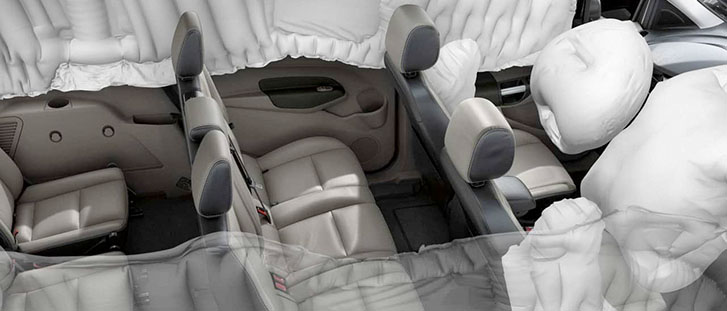
Airbags
All Transit Connect models are equipped with front- and side-impact airbags for the driver and front passenger. And the Safety Canopy® System with side-curtain airbags and rollover sensor helps protect front seat occupants, as well as passenger wagon rear seat outboard occupants. Located in the roof side rail behind the headliner, the side-curtain airbags are designed to stay inflated longer for added protection in a rollover or in multiple side impacts.
Always wear your safety belt and secure children in the rear seat, where available.
Note. Information is provided on an "as is" basis and could include technical, typographical or other errors. Ford makes no warranties, representations, or guarantees of any kind, express or implied, including but not limited to, accuracy, currency, or completeness, the operation of the Site, the information, materials, content, availability, and products. Ford reserves the right to change product specifications, pricing and equipment at any time without incurring obligations. Your Ford dealer is the best source of the most up-to-date information on Ford vehicles.
Check Out Our Inventory
Disclaimers
- * For up-to-date pricing and disclaimer information please contact your local dealer.

